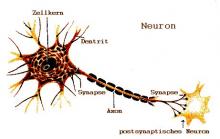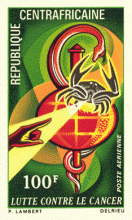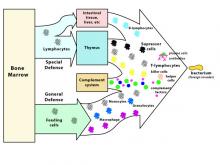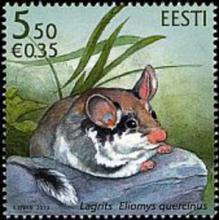
Nederland bestaat voor een groot deel uit een agrarisch cultuurlandschap, waarvan ca. 800.000 ha in gebruik is als akkerland. Slechts op een kleine 1% is de akkerbouw biologisch. De afgelopen decennia is de akkerbouw in Nederland sterk van karakter veranderd. In de eerste helft van de 20e eeuw werden op de meeste akkers granen verbouwd of er was sprake van lokale teelten zoals vlas of boekweit. Nadien is het zwaartepunt verschoven naar de teelt van snijmaïs en hakvruchten (bieten en aardappelen). Naast de verschuiving in de geteelde gewassen is de akkerbouw ook verregaand gemechaniseerd en geïntensiveerd. De mechanisatie heeft ertoe geleidt dat grote akkers met minder mankracht kunnen worden bewerkt, wat geleid heeft tot o.a. schaalvergroting. Bovendien is tegenwoordig het aantal agrarische werkzaamheden gedurende het groeiseizoen beperkt, met name door het toepassen van gewasbeschermingsmiddelen. Soorten die voor een belangrijk deel van hun levenscyclus gebruik maken van akkers zijn bijvoorbeeld Geelgors (Emberiza citrinella), Grauwe gors (Emberiza calandra), Ortolaan (Emberiza hortulana), Veldleeuwerik (Alauda arvensis), Gele kwikstaart (Motacilla flava), Kwartel (Coturnix coturnix), Patrijs (Perdix perdix), Korhoen (Tetrao tetrix), Fazant (Phasianus colchicus), Grauwe kiekendief (Circus pygargus), Kievit (Vanellus vanellus), Hamster (Cricetus cricetus), Haas (Lepus europaeus), Kleine parelmoervlinder (Issoria lathonia), Koninginnepage (Papilio machaon) en Knoflookpad (Pelobates fuscus). Voor andere soorten, zoals Woelrat (Arvicola terrestris/shermani), Dwergmuis (Micromys minutus) of Kwartelkoning (Crex crex), kunnen akkers eveneens belangrijke biotopen zijn, als andere meer natuurlijke biotopen ontbreken. Vrijwel alle soorten die afhankelijk zijn van akkers zijn de afgelopen decennia door het gebruik van bestrijdingsmiddelen sterk in aantal en verspreiding achteruitgegaan of de soorten staan op het punt uit Nederland te verdwijnen. Met name door de toenemende toepassing van neonicotinoïde insecticiden is een enorme schaarste aan insecten ontstaan die een onmisbare eiwitbron vormen voor de meeste akkerland soorten.










